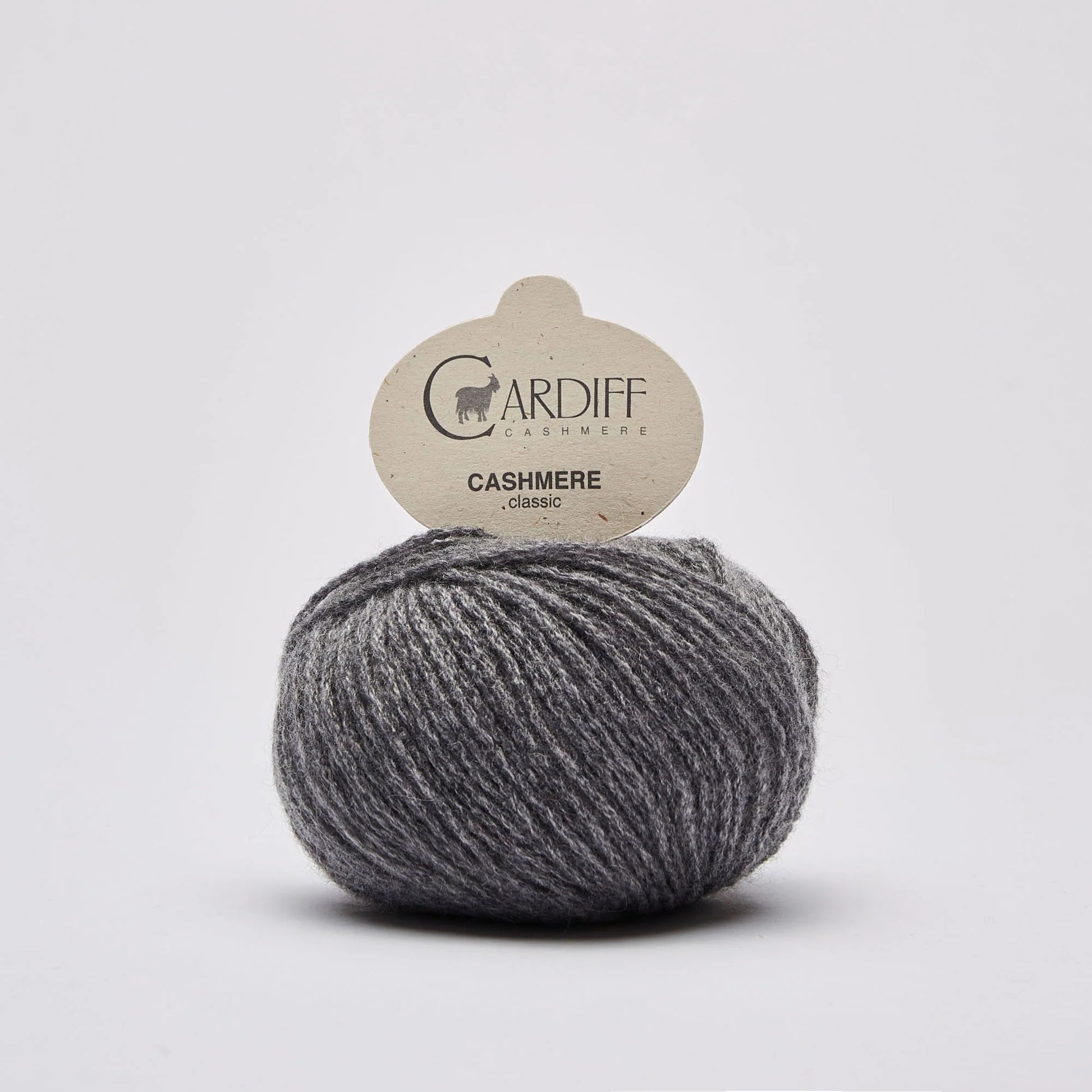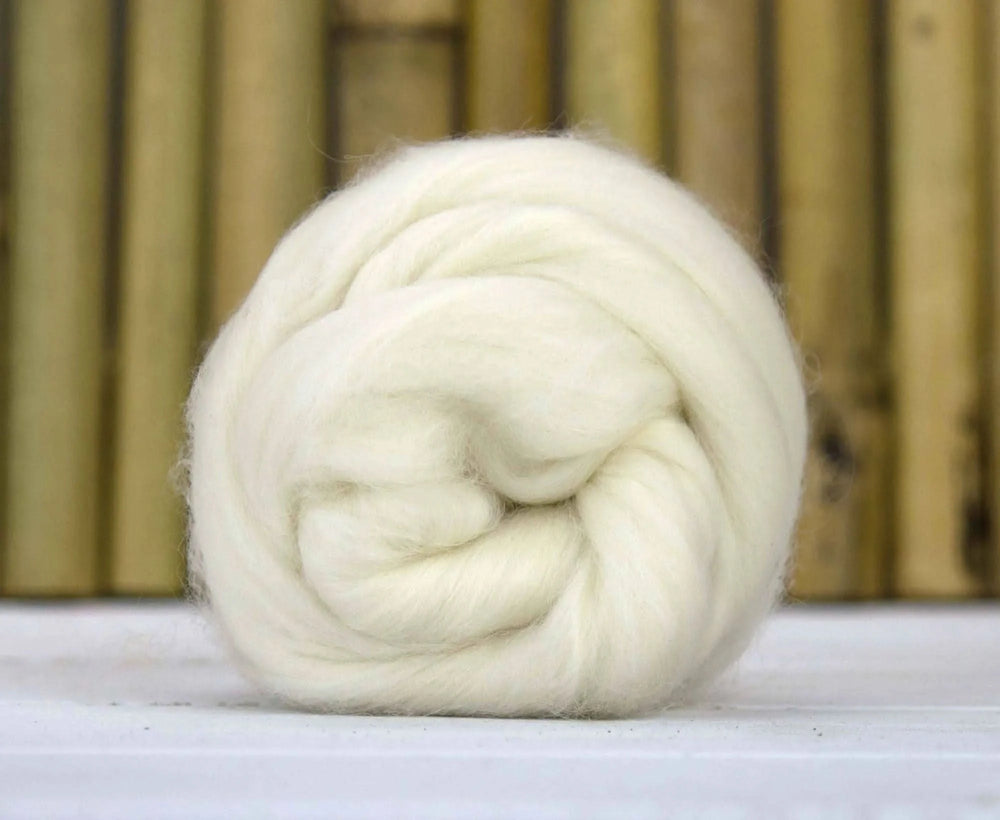The Benefits of cashmere fibre: Why It’s the Most Desired Material
The Benefits of cashmere fibre: Why It’s the Most Desired Material
Blog Article
Recognizing the Different Types of Cashmere a Natural Fiber and Their Special Benefits

The Beginnings of Cashmere: A Historical Review
While the glamorous touch of cashmere proceeds to charm contemporary consumers, its beginnings trace back to the extreme, cool climates of Mongolia and the Mountain ranges. For centuries, the aboriginal peoples of these regions have actually been elevating Capra Hircus goats, the prime source of cashmere woollen. These goats, resilient against the severe winter seasons, expanded a great undercoat to survive, which later ended up being referred to as cashmere. The name itself pays homage to Kashmir, a region in India where the wool was at first refined. Much of the very early cashmere profession route was assisted in by the Silk Roadway, connecting Asia with the Middle East and Europe. In spite of its worldwide spread, the finest cashmere is still thought to stem from the initial areas of Mongolia and the Mountain Ranges.

The Production Process: From Goat to Garment
Shearing a Capra Hircus goat marks the inception of the elaborate cashmere production process. This fragile treatment normally occurs when a year throughout spring. The fine, soft undercoat is then divided from the coarser outer hair, a procedure recognized as dehairing. The resultant raw cashmere is then washed to eliminate contaminations such as oil, veggie, and dust issue.
The clean fiber goes through coloring, rotating, and weaving, or knitting, to change it right into a fabric. Complex procedures like quality assurance checks and completing processes follow, guaranteeing the end product maintains the elegant requirement expected of cashmere. This painstaking procedure, from goat to garment, warrants the high expense affixed to cashmere products, making them a symbol of deluxe and improvement.
The Different Sorts Of Cashmere: An Extensive Analysis

The Special Advantages of Cashmere: Convenience and Sustainability
Moving from the selection of cashmere kinds to the advantages they provide, comfort and sustainability attract attention prominently. Cashmere, a natural fiber, is renowned for its unequaled soft qualities, providing a degree of comfort that artificial fibers can not match. The material's agility, yet remarkable heat retention, makes it ideal for all seasons. Cashmere's natural elasticity allows it to return to its original form, making it immune to shrinking or stretching.
When it concerns sustainability, cashmere is naturally degradable and sustainable, as it's harvested from cashmere goats that regrow their coats yearly. what is cashmere. Unlike synthetic fibers which can take centuries to decay, cashmere's influence on the atmosphere is very little. This combination of convenience and sustainability makes cashmere a beneficial selection for mindful consumers

Taking Care Of Your Cashmere: Upkeep and Conservation Tips
While cashmere is certainly a elegant and lasting selection, it needs specific like maintain its high quality and extend its life-span. To start, cashmere need to be hand washed making use of cold water and a light detergent. Prevent twisting or wringing the garment as it can harm the fibers. Instead, delicately squeeze out excess water and lay it level on a towel to dry. In addition, cashmere items must be stored in a completely dry and awesome location, far you can try here from direct sunshine and wetness. Utilizing moth repellents can secure these garments from potential damage. Finally, it's suggested to avoid hanging cashmere to stop extending. Rather, fold and store them appropriately to keep their form and quality over time.
Purchasing Cashmere: Comprehending Its Value and Worth
Although cashmere may originally seem like a costly investment, its long-term value and worth come to be apparent when you consider its remarkable high qualities. Known for its unmatched softness and heat, cashmere is go to this web-site a costs natural fiber that outshines other materials. Spending in cashmere, therefore, is not just regarding existing fashion patterns, yet about welcoming a lasting, resilient, and luxurious lifestyle.
Conclusion
In recap, the sort of cashmere one chooses, be it Mongolian, Chinese, or Italian, is determined by individual preferences for heat, budget, sustainability, and luxury. The value of cashmere extends beyond its cost, with comfort and durability including to its well worth. Correct treatment and upkeep can guarantee its conservation. Therefore, understanding the origins, production process, and distinct benefits of different kinds of cashmere can direct consumers in their investment in this glamorous natural fiber.
Whether it's the remarkable heat of Mongolian cashmere, the price of Chinese cashmere, or the eco-conscious production of Italian cashmere, there's a story to be discovered behind each fiber kind. Cashmere, a natural fiber, is renowned for its unequaled gentleness, providing a degree of comfort that artificial fibers can not match.When it comes to sustainability, cashmere is naturally degradable and renewable, as it's harvested from cashmere goats that regrow their coats each year. Understood for its exceptional you could look here softness and heat, cashmere is a premium natural fiber that surpasses other products. Comprehending the origins, production procedure, and distinct advantages of different kinds of cashmere can lead consumers in their financial investment in this elegant natural fiber.
Report this page